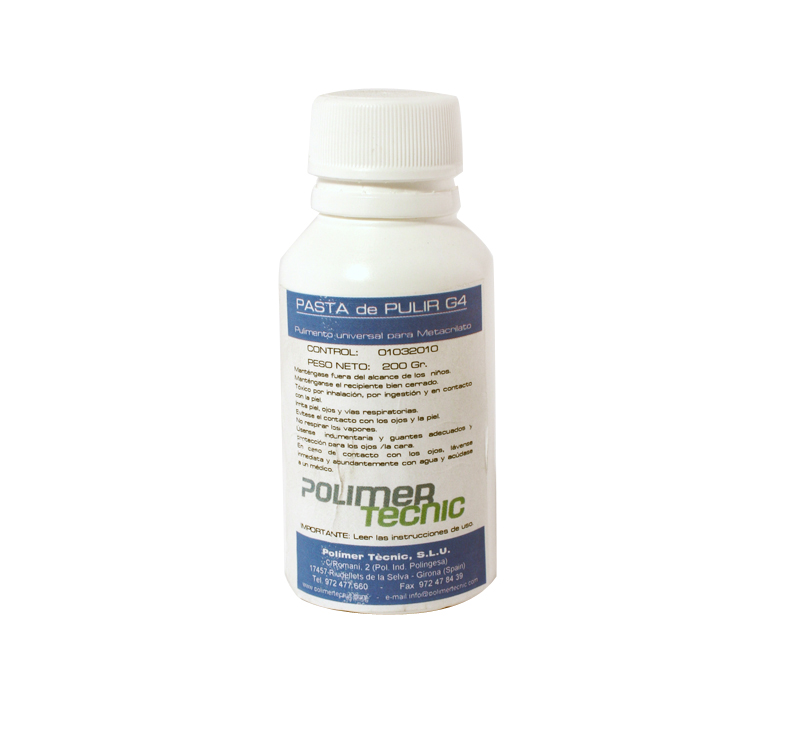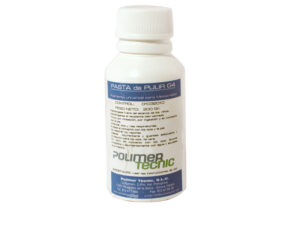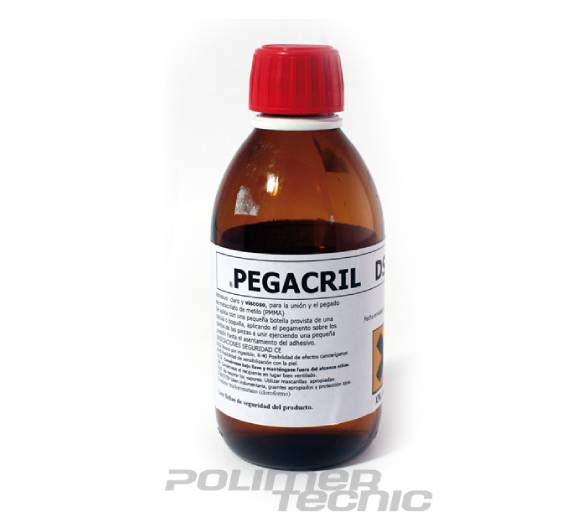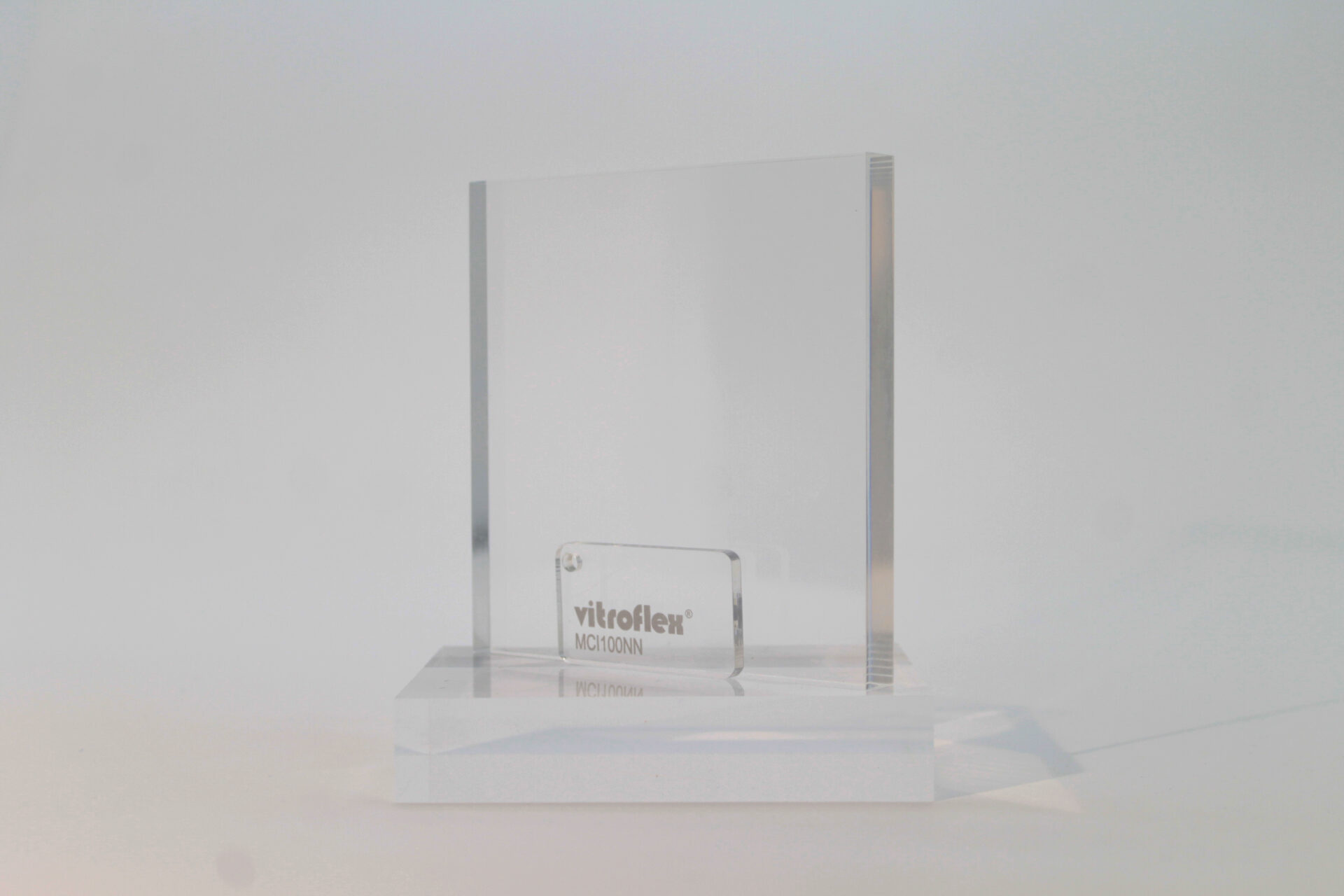G4 Polish
Product Information
G4 polish is a medium flow liquid that removes surface scratches and protects the surface. It is a product designed to repair scratches and small surface imperfections such as scratches, matt areas with lack of shine, embedded dirt, paint residues, etc. and at the same time protects the treated surface. Its formula improves the efficiency of ordinary cleaning by reinforcing the protection of the treated surfaces and guarantees the maintenance of the surface with a shiny appearance free of imperfections caused by ordinary use and rubbing. It can be applied by hand or machine.
- This product is not suitable for deep scratches.
- Use only for its intended use in accordance with the instructions.
- Test the product on an inconspicuous area before use.
- Do not use on matt materials.
- Clean the surface with a soft cloth dampened with water to remove dust and possible abrasive particles.
- Evaluate the magnitude of the repair to be carried out taking into account the depth and dimension of the defects. The repair of deep scratches requires other previous processes that must be carried out by trained personnel to avoid generating optical distortions in the polished piece.
- A pre-test on a discrete part is recommended to check the results and decide whether to carry out the entire repair by hand or by machine.
- Dispense a few drops of G4 polish on a microfiber cloth and rub with more or less intensity, depending on the size of the scratch.
- Remove the excess product with another clean and dry cloth.
- Repeat, if necessary, until the scratch or defects are eliminated.
- It is advisable to apply Netacril PT cleaner after polishing to obtain an optimal result.
IN CASE OF LARGE SURFACES
- Follow the first 3 points of the previous section.
- The previous point 4 will be carried out by applying the G4 polish with a rotary polisher with an approximate speed between 1000 and 3000 rpm, equipped with a 150mm diameter plate and a medium hard polishing sponge (normal polishing). Adhesion to the plate is done by velcro.
- Put a small amount of polish on top of the sponge, and with the polisher stopped, spread it lightly over the sponge, rubbing the surface to be polished, so that when starting the polisher it does not splash. It is recommended to wear an apron or work clothes to avoid staining with splashes.
- Start the polisher with the minimum speed, and move the polisher over the area to be treated using circular movements, avoiding heating the surface. Continuous point friction can cause optical distortion.
- The rotation speed can be increased to speed up the process, controlling that the surface does not heat up.









